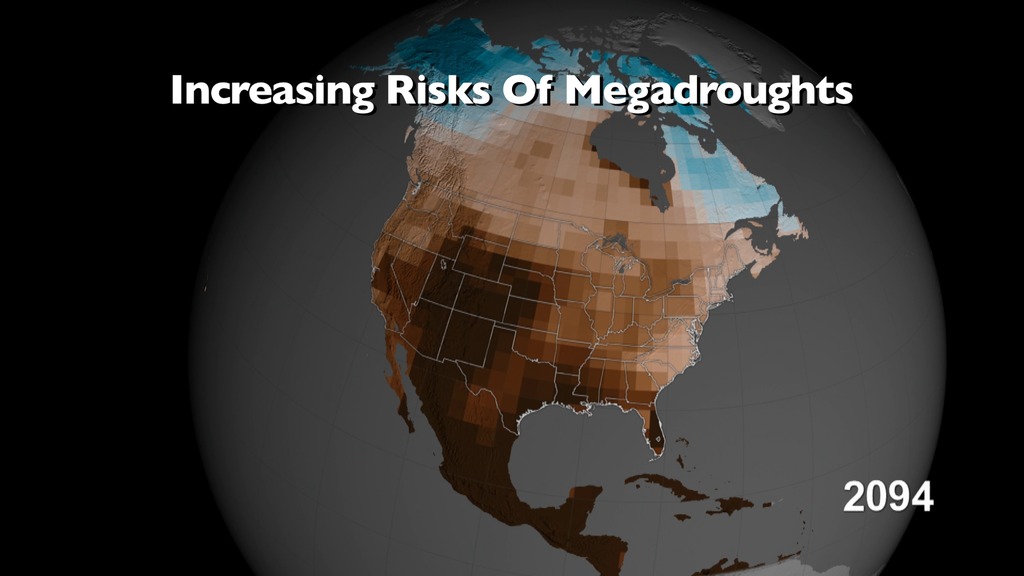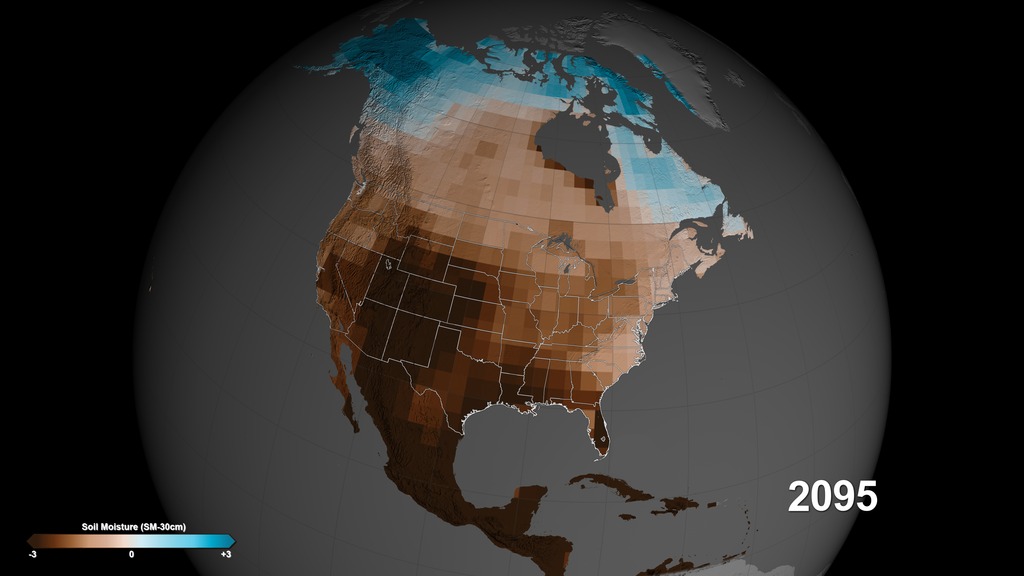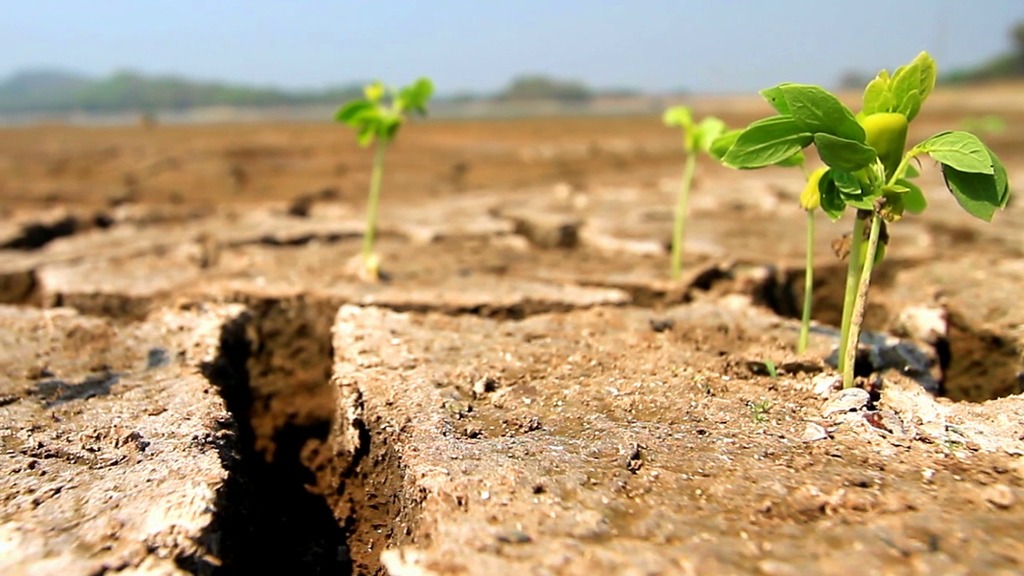Instagram: Megadroughts Projected For American Southwest
Droughts in the U.S. Southwest and Central Plains at the end of this century could be drier and longer compared to drought conditions seen in those regions in the last 1,000 years, according to a new NASA study.
The study, published Feb 12 in the journal Science Advances, is based on projections from several climate models, including one sponsored by NASA. The research found the risk of severe droughts in those regions would increase if human-produced greenhouse gas emissions continue to increase.
"Natural droughts like the 1930s Dust Bowl and the current drought in the Southwest have historically lasted maybe a decade or a little less," said Ben Cook, climate scientist at NASA's Goddard Institute for Space Studies and the Lamont-Doherty Earth Observatory at Columbia University in New York City, and lead author of the study. "What these results are saying is we're going to get a drought similar to those events, but it is probably going to last at least 30 to 35 years."
For complete transcript, click here.
For More Information
Credits
Please give credit for this item to:
NASA's Goddard Space Flight Center
-
Producer
- Joy Ng (USRA)
-
Data visualizers
- Greg Shirah (NASA/GSFC)
- Cheng Zhang (USRA)
-
Scientist
- Benjamin I. Cook (NASA/GSFC GISS)
-
Narrator
- Joy Ng (USRA)
Release date
This page was originally published on Thursday, February 12, 2015.
This page was last updated on Wednesday, May 3, 2023 at 1:49 PM EDT.


